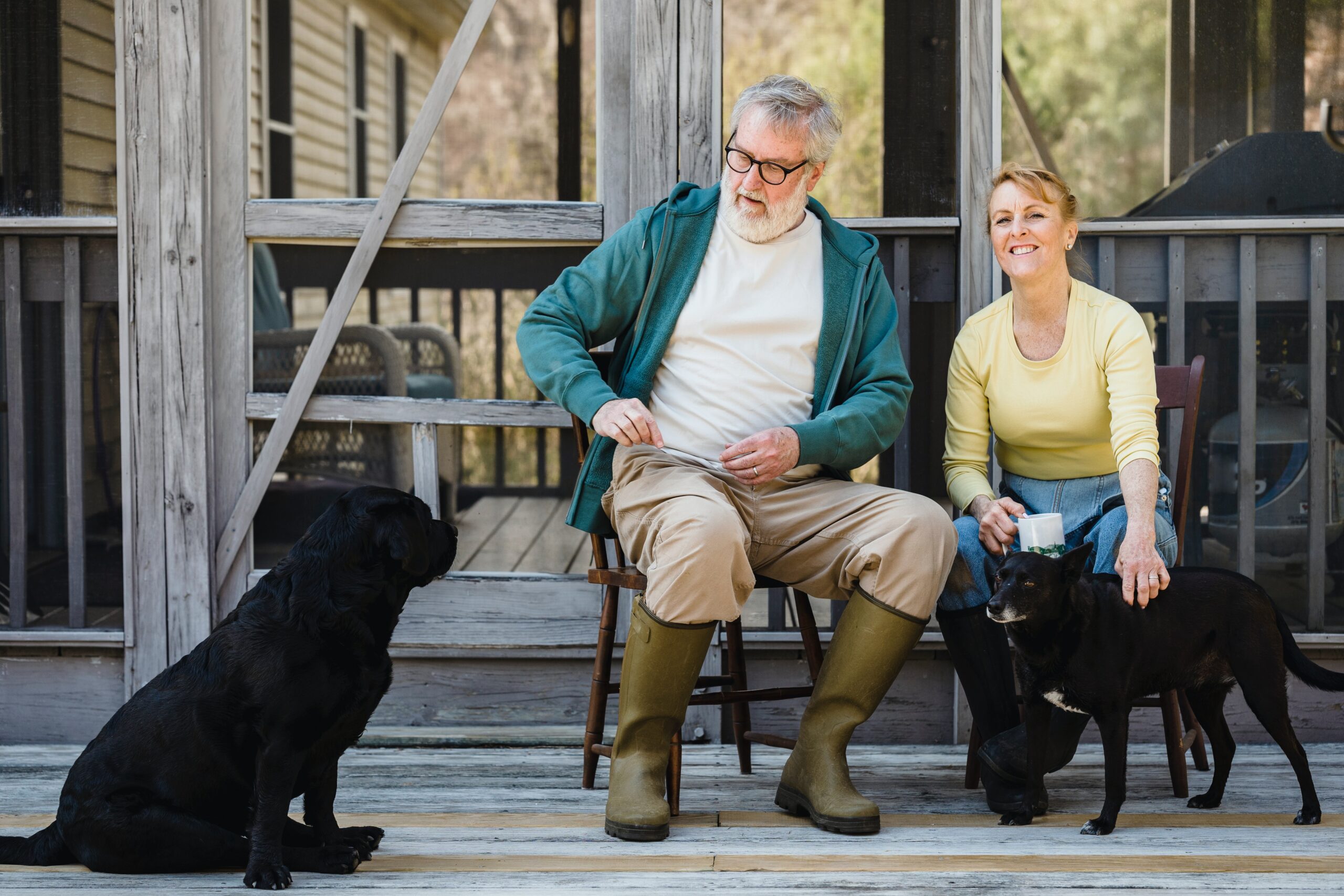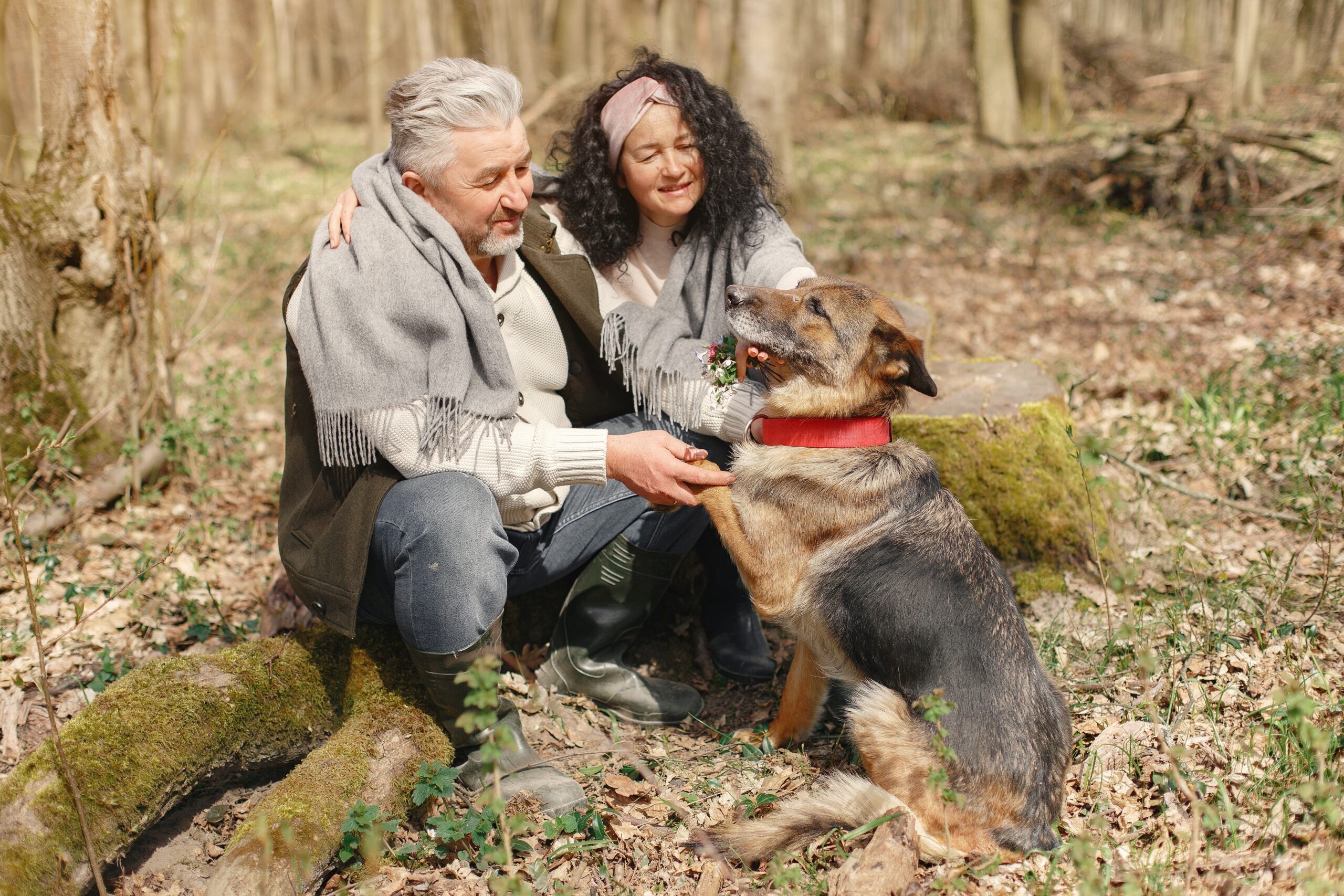Senior Living With Pets is a topic that explores the many benefits of pet ownership for seniors. As we age, staying active and engaged becomes increasingly important for our overall health and well-being. For many seniors, owning a pet can provide a sense of purpose and companionship that enhances their quality of life. Research has shown that seniors who own pets often experience lower levels of stress, depression, and loneliness. Pets can also provide practical benefits for seniors, such as assisting with mobility and balance, lowering blood pressure, and reducing the risk of heart disease. Additionally, caring for a pet can provide a sense of structure and routine that can be especially beneficial for seniors who may be experiencing social isolation or cognitive decline. However, owning a pet in your senior years requires careful consideration and planning. It’s important to choose a pet that matches your lifestyle and physical capabilities and to ensure that you have the resources to provide for your pet’s needs. With the right approach, however, seniors can enjoy many years of happy and fulfilling companionship with their furry friends.
Pets are often described as “unconditional friends” because they provide love and support without judgment or expectation. This can be especially important for people who are feeling lonely or isolated, as they may not have other sources of support or connection. Pets can also provide a sense of routine and structure to a person’s day, which can help to combat feelings of aimlessness or boredom.
In addition to providing emotional support, pets can also facilitate social interaction. For example, walking a dog can provide opportunities for conversation with other dog owners or people who stop to pet the dog. This can help to build connections and social networks, which can be beneficial for overall well-being.
Pets can help seniors feel less lonely and provide many other benefits to their overall well-being. As seniors age, they may experience social isolation and loneliness, which can have negative impacts on their mental and physical health. Pets, on the other hand, can provide companionship, unconditional love, and a sense of purpose, which can help seniors feel more connected and fulfilled.
Reduced feelings of loneliness and depression
Loneliness is a common issue among people of all ages, but it is especially prevalent among older adults. The feeling of being alone can lead to depression, anxiety, and other mental health issues. However, living with pets or owning a pet can help combat these feelings by providing a source of companionship and social interaction. Pets, particularly dogs, require regular walks and playtime, which can encourage their owners to get out of the house and engage with others.
Increased social interaction

Pets are known to be great companions and provide a range of benefits to their owners, including increased social interaction. Whether you have a dog that loves to go for walks or a cat that likes to curl up in your lap, pets can help you connect with other people and expand your social circle. here are some facts that pets can increased social interaction
- Pets can be great conversation starters and can help seniors meet new people. For example, walking a dog can provide opportunities for social interaction with other dog owners or people who stop to pet the dog. Pets can also provide a common interest for seniors to talk about with friends, family, or neighbors.
- One of the most obvious ways that pets increase social interaction is through their need for exercise. Dogs, in particular, require daily walks, which provide a perfect opportunity for their owners to get outside and meet new people. A dog park is a great place to start, as it is a space where people come together to exercise their dogs and socialize with other pet owners. This can lead to conversations and connections that might not have happened otherwise.
- Another way that pets increase social interaction is through pet-related events and activities. Many cities and towns host events specifically for pet owners, such as dog shows, pet parades, and charity walks. These events provide a chance to meet other pet owners and share in a common interest. Additionally, volunteering at a local animal shelter or rescue organization can be a great way to meet like-minded people and make a difference in your community.
- Pets can also help with online social interaction. Many pet owners have active social media accounts dedicated to their pets, which can provide a platform for connecting with others who share their love of animals. Following pet-related hashtags on Instagram or Twitter can lead to new connections and friendships.
Senior living with pets can increase social interaction in a variety of ways. Whether it’s through exercise, events and activities, breaking the ice in social situations, or providing emotional support, pets can help their owners connect with others and expand their social circle. If you are looking to increase your social interaction, consider adopting a pet and see the positive impact they can have on your social life.
Improved physical health

Owning a pet can encourage seniors to be more physically active. For example, taking a dog for a walk can provide exercise and fresh air, which can have numerous health benefits. Pets can also provide a sense of purpose and motivation to stay active and healthy.
As we age, our physical health becomes increasingly important. Many studies have shown that having a pet can actually improve the physical health of older adults. Pets not only provide companionship and emotional support, but they can also have a positive impact on our physical well-being.
One of the ways that pets improve the physical health of older adults is by increasing physical activity. Taking a dog for a walk, playing with a cat, or even just feeding and cleaning up after a pet can require movement and exercise. This extra activity can lead to improved cardiovascular health, increased muscle strength, and decreased risk of chronic diseases such as diabetes and arthritis.
Another way that pets can improve the physical health of older adults is by providing social support. Loneliness and social isolation are common problems for many older adults, and they can have negative impacts on physical health. Having a pet can provide a sense of companionship and reduce feelings of loneliness. Pets can also provide a reason to get out of the house and interact with other people, such as at a dog park or pet store.
Lowered stress levels
It is no secret that pets can bring joy, love, and companionship to their humans. However, what many people may not realize is that pets can also have a significant impact on reducing stress levels. Whether you have a dog, cat, bird, or any other type of pet, there are many ways that these furry companions can help to lower your stress levels and improve your overall well-being.
One of the primary ways that pets can reduce stress is by providing companionship and social support. Studies have shown that spending time with a pet can lead to an increase in levels of the hormone oxytocin, which is associated with feelings of happiness and social bonding. Pets can provide a sense of comfort and security, and their unconditional love can help to ease feelings of loneliness and anxiety.
Pets can also provide a distraction from stressful situations. Playing with a pet or simply watching them can take your mind off of whatever is causing stress in your life. This distraction can help to reduce feelings of tension and worry, and allow you to focus on the present moment.
In addition to these benefits, pets can also help to lower stress levels in more subtle ways. For example, the sound of a cat purring or a bird singing can be soothing and calming, and the act of petting an animal can be therapeutic and grounding.
It is important to note that not all pets are equally effective at reducing stress levels. Some studies have shown that dogs and cats, in particular, have the strongest stress-reducing effects, while other types of pets may not have the same impact.
Increased sense of purpose

As people age, they may experience a decrease in their sense of purpose and meaning in life. However, pets can provide a sense of purpose and fulfillment that can improve the well-being of older adults. Whether it’s caring for a dog, cat, bird, or any other type of pet, owning a pet can help older adults feel needed and valued, which can have numerous positive effects on their physical and mental health.
One of the primary ways that pets can increase a sense of purpose for older adults is by providing a routine. Pets require regular feeding, exercise, and grooming, which can give older adults a sense of structure and responsibility. Having a set routine can help older adults feel more productive and engaged in daily life, which can have positive effects on mental health.
In addition, pets can help older adults feel needed and valued. Caring for a pet requires attention and effort, which can give older adults a sense of purpose and accomplishment. For example, training a dog or teaching a bird to speak can provide a sense of achievement and pride.
While pet ownership can provide many benefits to seniors, it’s important to carefully consider the responsibilities and potential costs involved. Seniors should ensure that they are physically and financially able to care for a pet, including providing food, shelter, and medical care. They should also consider any potential risks or challenges associated with caring for a pet, such as the risk of falls or injuries, or the need to find alternative care for the pet if the senior becomes ill or unable to care for the pet themselves.






